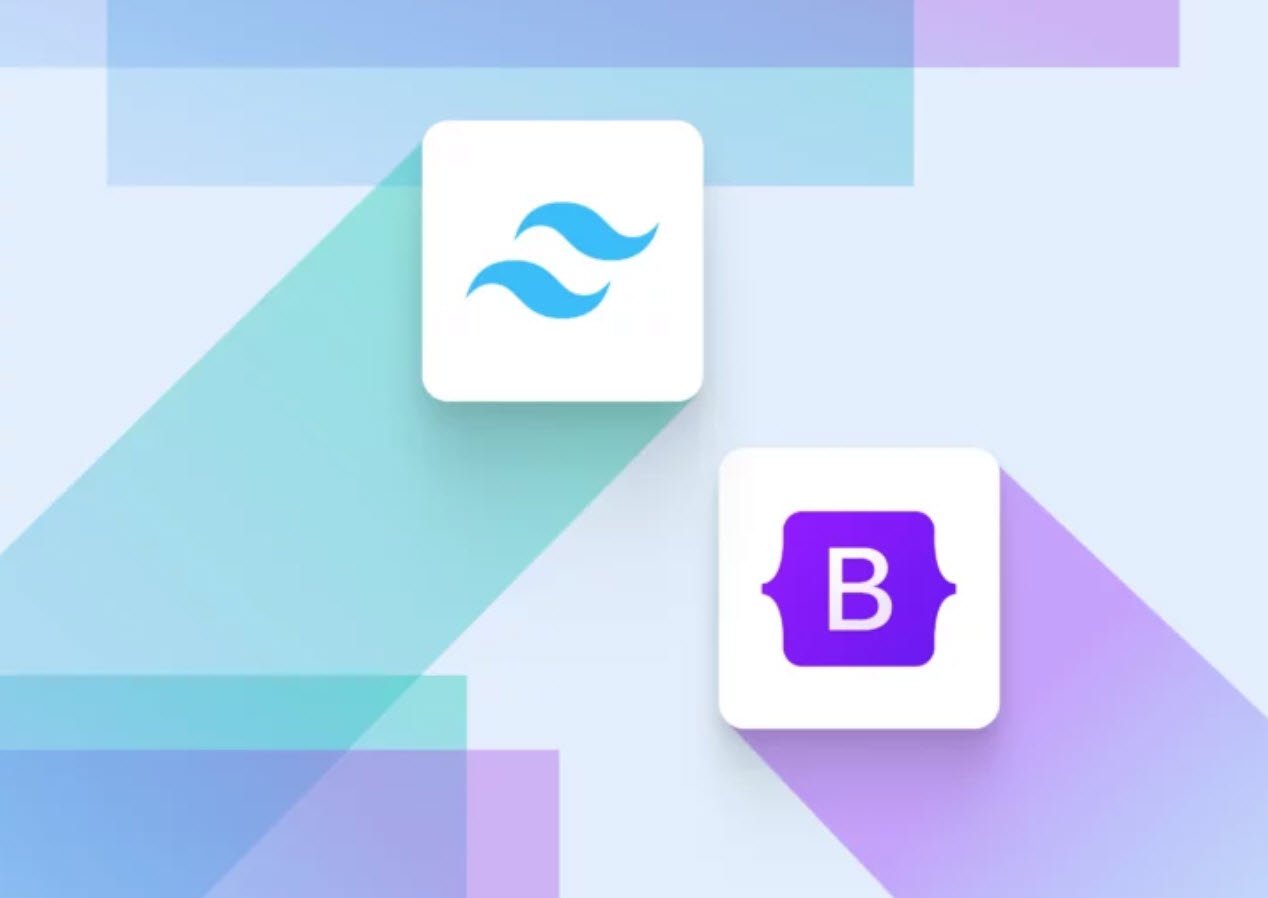
The worldwide scope of the Internet makes it, perhaps, the single most valuable tool for use in many significant ways by both non-profit and commercial organizations. Some important current strategic uses of the Internet are:
1. On-line communication
Computer users around the world extensively use the e-mail service on the Internet to communicate with each other. With this facility, the Internet has proved to be a rapid and productive communication tool for millions of users.
2. Software sharing
The Internet provides access to a large number of shareware software, development tools, and utilities. A few examples of such shareware tools are compilers, code libraries, mail servers, and operating systems.
Also Read: Internet Security and Internet Privacy – An Overview
3. Exchange of views on topics of common interest
The Internet has a number of news groups. Each news group enables a group of users to exchange their views on some topic of common interest.
4. Posting of information of general interest
Many users use the Internet as a large electronic bulletin board on which information of general interest can be post to bring it to the attention of interested users around the world.
Some such information include career opportunities, conference and event announcements, and calls for papers for conferences and journals.
5. Product promotion
Several commercial organizations use the Internet services for promoting their products effectively.
These organizations make use of WWW server sites that are focused on disseminating timely information about corporate happenings, product announcements, recent strategic alliances, press releases, and other information of potential interest to existing and prospective customers.
6. Feedback about products
Commercial organizations also use the Internet to gather information about user satisfaction of existing products, market opportunities of new products, and ideas for potential new products.
This usually accomplished by putting up an interactive survey application by the organization on a WWW site on the internet.
7. Customer support service
Many organizations also use the Internet to provide timely customer support. The combined e-mail, ftp, and other services on the Internet provide necessary enabling tools for such first-rate customer support.
For example, bugs in fielded software products can be reported to an organization via e-mail, and bug fixes, minor releases, workarounds, known problems and limitations, and general advice about a product can be made available by an organization to its customers via an ftp server.
8. On-line journals and magazines
The Internet now has literally thousands of electronic subscriptions found both for free and low cost. There are many WWW sites on the Internet dealing with electronic versions of many journals and magazines.
9. On-line Shopping
The Internet has also facilitated the introduction of a new market concept consisting of virtual shops. These shops remain open 24 hours all the year round, and are accessible to purchasers all around the world.
They provide information about products or services for sale through WWW servers. Using the Internet services, customers submit specific product queries and request specific sales quotes.
Suggested Read: Important Terminologies and Facts Related to Computer and Internet
Through a well-defined authorization and authentication scheme, the Internet services are then used to accept orders placed by customers, to handle order payments, and to track orders to fulfillment.
For example, the Internet site amazon.com is a WWW-based bookshop on the Internet, where information on all types of International books can be found and books can be ordered on-line.
10. Worldwide video conferencing
Worldwide video conferencing is an emerging service on the Internet allowing a group of users located around the globe to talk and interact with each other as if they were sitting and discussing in a single room.
The parties interacting can see each other talking on their computer screens and can hear each other’s voice through a special audio-device fixed in their computers. The CU-SeeMe system developed at Cornell University is an example of an Internet- based video conferencing system.
You may also like:- Top 10 CSS Libraries for Your Next App
- How To Fix the Crowdstrike/BSOD Issue in Microsoft Windows
- MICROSOFT is Down Worldwide – Read Full Story
- Windows Showing Blue Screen Of Death Error? Here’s How You Can Fix It
- A Guide to SQL Operations: Selecting, Inserting, Updating, Deleting, Grouping, Ordering, Joining, and Using UNION
- Top 10 Most Common Software Vulnerabilities
- Essential Log Types for Effective SIEM Deployment
- How to Fix the VMware Workstation Error: “Unable to open kernel device ‘.\VMCIDev\VMX'”
- Top 3 Process Monitoring Tools for Malware Analysis
- CVE-2024-6387 – Critical OpenSSH Unauthenticated RCE Flaw ‘regreSSHion’ Exposes Millions of Linux Systems








